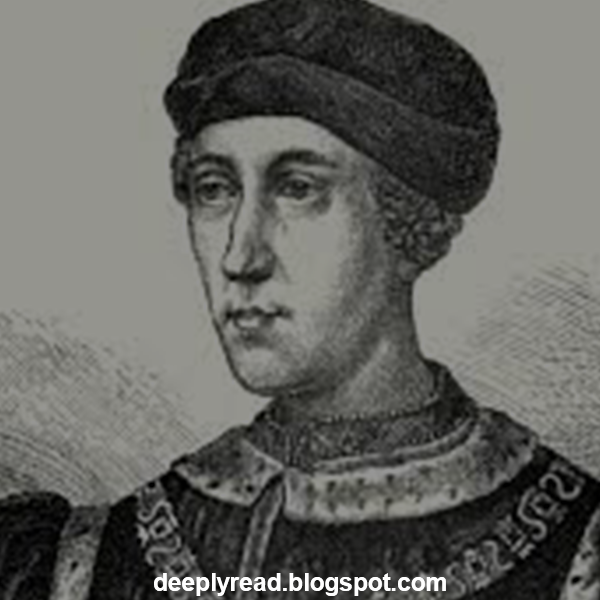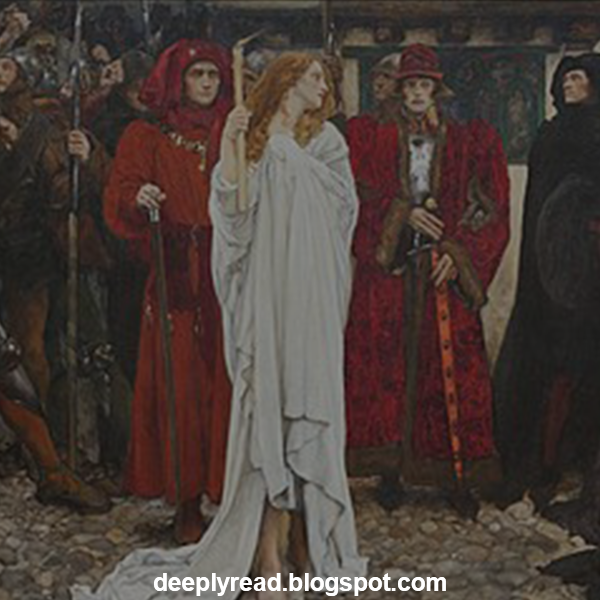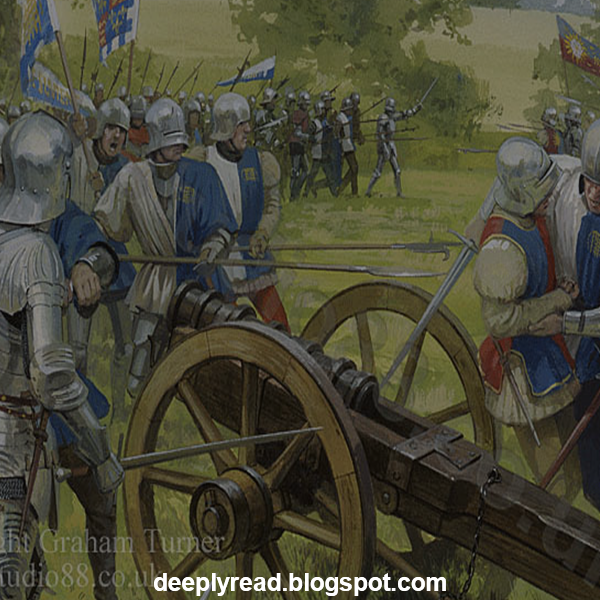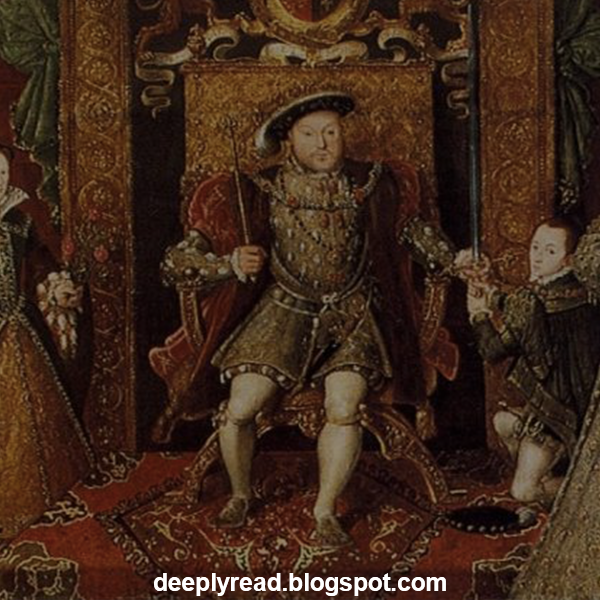Britain, which was defeated in the Hundred Years' War with France, experiences a long civil war after this defeat. Let us examine this event that took place between the Houses of York and Lanchester.

Reasons
Houses of Lancaster and York were descended from King Edward III of England. The country was plagued with factional quarrels for a long time, as his son Henry VI, who ascended the throne after the death of King Henry V of the House of Lancaster, who had been on the throne since the overthrow of King Richard II of England (1399), was underage (1422). France also took advantage of this and emerged victorious in the Hundred Years' War. After henry came of age, it was revealed that he was a pure and powerless king. His ambitious wife, Margaret de Anjou, who ruled the country instead of Henry, could not succeed against France and the Hundred Years' War resulted in the defeat of England (1453). Meanwhile, the people complained about heavy taxes. There was turmoil in the country.
In 1453, when Henry went completely insane, Richard, Duke of York, was made regent with the support of Richard Neville, Earl of Warwick. However, when Henry recovered in 1455, he dismissed the Duke of York from his post and signaled the war and prepared the end for himself.

First period of war (1455-1471)
First Battle of St Albans (May 22, 1455) resulted in the victory of the House of York, and a 4-year truce was signed with the House of Lancaster. The war began again in 1459. Having taken over, the Yorkists were dispersed in a minor battle at Ludford Bridge (October 12, 1459). Neville, Earl of Warwick, went to France, reunited the Yorkists and returned to England (June 1460). After the Battle of Northampton on July 10, 1460, in which the Lancaster supporters were decisively defeated, the supporters of York tried to seize the throne, After Henry VI's death, he agreed to take over the Duke of York. But Margaret de Anjou, attempting to put her son on the throne, gathered forces in the north of England and mobilized with the Lancaster supporters, killing Richard, Duke of York, in a surprise raid in December 1460. Later, the Lancaster supporters advancing to the south of England, iSecond Battle of St Albans (February 17, 1461), they defeated Neville, Earl of Warwick.
Meanwhile, the Duke of York's eldest son and heir, Edward, had defeated a pro-Lancaster troop at Mortimer's Cross (February 2) and was heading towards London. Reaching London before Margaret de Anjou on February 26, Edward proclaimed himself king on March 4, 1461, as Henry IV. Neville, Earl of Warwick then gathered his forces and defeated Margaret de Anjou at Towton, winning the bloodiest battle of the war (29 March 1461). Henry and Margaret de Anjou fled to Scotland with their son, Prince Edward. Edward secured his kingdom.

Relations between Neville, Earl of Warwick, and Edward IV soon deteriorated. In 1469, the war began again. Revolting against the king, his brother George, Duke of Clarence, and the Earl of Warwick incited the riots. In July 1469, they defeated Edward's followers at Edgecote, near Banbury, and captured Edward.
Edward regained power in 1470, and the Earl of Warwick and the Duke of Clarence fled to France. the earl of warwick and the duke of clarence, edward's enemies former king vi of lancaster Henry and Margaret allied with De Anjou and returned to England in late 1470 and deposed Edward. passed. however, after Neville, Earl of Warwick was ineffective against Edward, Edward regained the loyalty of his brother, who became Duke of Clarence, and decisively defeated the Earl of Warwick at the Battle of Barnet on April 14, 1471. Returning to England that same day, Margaret defeated De Anjou's forces at the Battle of Tewkesbury (May 4, 1471) and captured him; He also killed Margaret and Henry's sons, Edward. Shortly after, Henry VI was executed at the Tower of London (May 21, 1471). The first period of the War of the Roses was over.

Second period of the war (1471-1485)
The Lancaster supporters, who fled to France after Henry VI's execution, began to support Henry Tudor (1457-1509), a descendant of the Tudor dynasty, who was related to the Lancaster dynasty, since there were no male members left in the Lancaster dynasty. Meanwhile, King Edward IV died (April 9, 1483). Edward's successor, 13-year-old son v. Edward (1470-1483?), his uncle Richard, dethroned him the same year, declared himself king as Richard III, and locked up his nephews Edward and Richard in the Tower of London (note: the fate of Edward and his brother Richard is similar. There are claims that Richard III had his nephews killed in the tower. It is believed that the bones found in the Tower of London belonged to Edward and his brother in 1674.) Some of the york supporters, who were angry with Richard III, sought to cooperate with henry tudor. Landing in Wales in 1485, Henry Tudor defeated Richard III at the Battle of Bosworth Field on August 22, 1485, killing him.

To support him, Henry Tudor promised the Yorkists that he would marry Elizabeth of York (1466-1503), daughter of Edward IV. Thus he hoped to unite York and the Tudor dynasty under one roof. Henry and Elizabeth were married on January 18, 1486. however, a few Yorkists who wanted to return to the old times rebelled in 1487 by supporting Lambert Simnell (1477-1525), who claimed to be the son of George, Duke of Clarence. The rebels were defeated at the Battle of Stoke on June 16, 1487. some historians consider the Battle of Stoke to be the end of the War of the Roses; however, the official date is the Battle of Bosworth Field in 1485, in which Richard III said "my kingdom for a horse" after losing his horse, and was defeated and killed on foot.
In 1883, Scottish writer Robert Louis Stevenson described this war in his historical novel The Black Arrow.